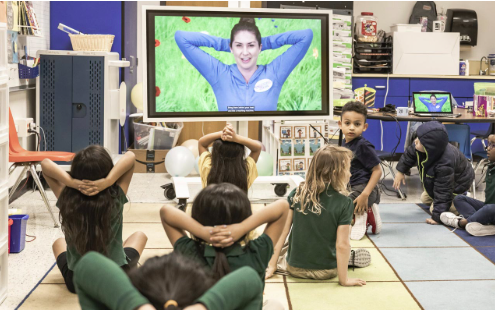In 2025, collaborative learning has become more dynamic and accessible thanks to the use of digital whiteboards. These virtual tools offer students and educators a shared workspace where ideas, diagrams, and notes can be developed together in real time—regardless of physical location. Whether in classrooms, remote learning environments, or group projects, digital whiteboards enhance engagement, encourage creativity, and streamline communication.
Digital whiteboards are especially effective for brainstorming sessions, project planning, and visual learning. They allow users to draw, write, insert images, add sticky notes, and even integrate videos or links. This versatility supports diverse learning styles and makes abstract ideas more concrete.
Here are some trusted digital whiteboard platforms widely used for education:
- Jamboard by Google – A simple, collaborative whiteboard that integrates with Google Workspace. Students can add drawings, notes, and images to shared boards. It’s accessible on both mobile and desktop, making it a convenient option for blended learning environments.
- Miro – A robust platform offering advanced collaboration features like templates, voting tools, and embedded media. Miro is ideal for group projects, design thinking exercises, and interactive presentations. It supports real-time teamwork and asynchronous feedback.
- Microsoft Whiteboard – Integrated with Microsoft 365, this tool provides a digital canvas for brainstorming, math equations, and lecture visuals. It’s great for classrooms that already use Microsoft Teams or OneNote.
- Ziteboard – A lightweight, zoomable whiteboard that’s perfect for quick brainstorming sessions or tutoring. It offers simple drawing tools and real-time collaboration without a steep learning curve.
- Explain Everything – A powerful tool that combines whiteboarding with screen recording. Teachers and students can create explainer videos, annotate visuals, and work collaboratively on problem-solving tasks.
Using digital whiteboards supports active participation. Students can contribute ideas live, comment on peers’ input, and visually organize information together. For teachers, whiteboards offer a platform to check for understanding, adjust instruction, and encourage inclusive dialogue.
To make the most of these tools:
- Set clear collaboration goals and guidelines.
- Use templates to structure activities.
- Encourage peer feedback and real-time interaction.
- Save and revisit boards to track progress over time.
Digital whiteboards are more than just a substitute for physical whiteboards—they are interactive learning hubs that foster teamwork and creativity. By incorporating them into learning routines, students can develop stronger communication, critical thinking, and digital literacy skills essential for academic success and future careers.













